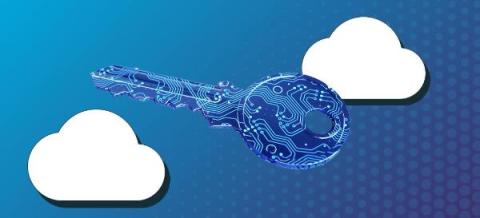Security | Threat Detection | Cyberattacks | DevSecOps | Compliance
Technology
Trustwave Transfers ModSecurity Custodianship to the Open Worldwide Application Security Project (OWASP)
Understanding Six Popular Azure Storage Types and Their Use Cases
The modern enterprise is all about the cloud. Digital transformation includes not only the adoption of cloud computing through application migration, but a transition from disk storage to cloud storage. Cloud storage has some key advantages over traditional disk storage, including the following: While there are multiple cloud storage options available today, including Amazon Web Services (AWS), Azure Storage is a logical choice for Microsoft Azure customers.
DDoS threat report for 2023 Q4
Welcome to the sixteenth edition of Cloudflare’s DDoS Threat Report. This edition covers DDoS trends and key findings for the fourth and final quarter of the year 2023, complete with a review of major trends throughout the year.
Fuzzing and Bypassing the AWS WAF
How to use AWS and Vanta for identity and access management
This blog is part of a series about how to use Vanta and AWS to simplify your organization’s cloud security. To learn more about how to use Vanta and AWS, watch our Coffee and Compliance on-demand webinar. Amazon Web Services, or AWS, is one of the most popular cloud providers for organizations today — providing one of the most flexible and secure cloud environments available.
Introducing Cloudflare's 2024 API security and management report
You may know Cloudflare as the company powering nearly 20% of the web. But powering and protecting websites and static content is only a fraction of what we do. In fact, well over half of the dynamic traffic on our network consists not of web pages, but of Application Programming Interface (API) traffic — the plumbing that makes technology work.
Harnessing the Power of the Cloud: Understanding the Vital Role of Privileged Access Management
How to choose a security tool for your AI-generated code
“Not another AI tool!” Yes, we hear you. Nevertheless, AI is here to stay and generative AI coding tools, in particular, are causing a headache for security leaders. We discussed why recently in our Why you need a security companion for AI-generated code post. Purchasing a new security tool to secure generative AI code is a weighty consideration. It needs to serve both the needs of your security team and those of your developers, and it needs to have a roadmap to avoid obsolescence.











